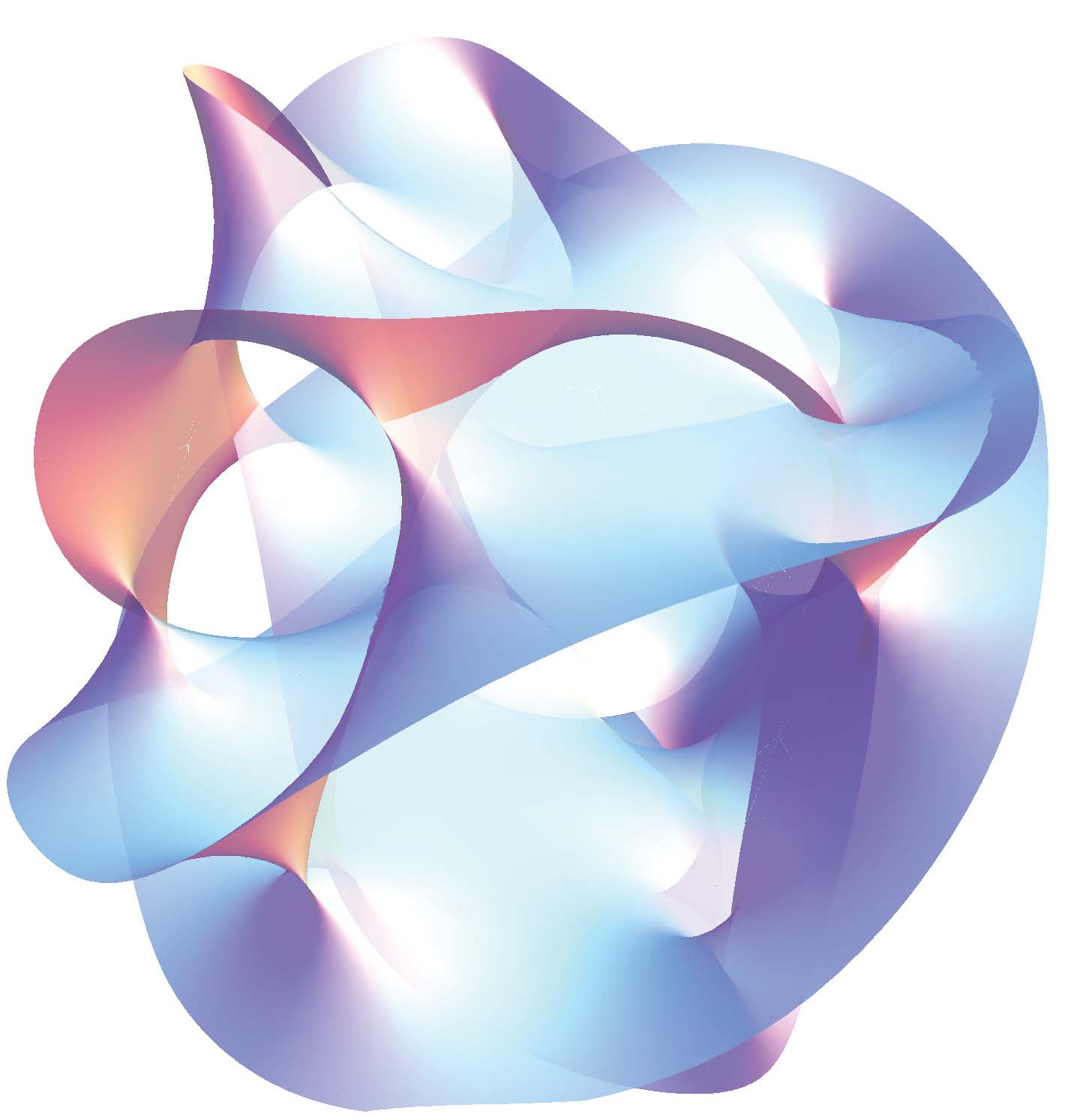History of the creation of SASER 2.0 The first SASER was released back in 2016, it was available as Standalone on the Max 6 platform and as Max for Live device. However, Cycling ’74’s policy with the release of SASER has changed. In Max 7, the internal structure of Gen~ patching was changed, which made it impossible to organize the…
